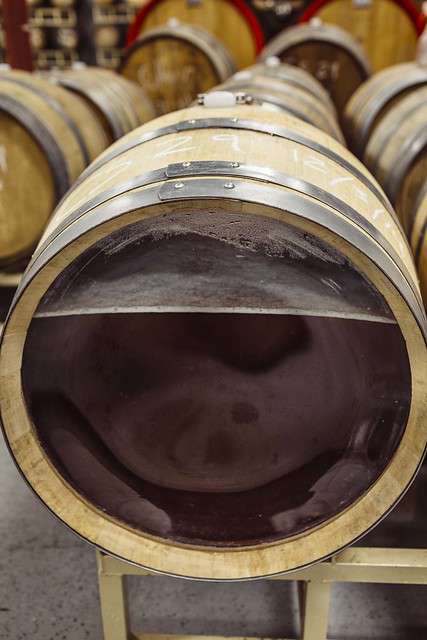
Many cultured milk products such as cheese and yogurt depend on fermentation to develop quality foods. In turn, large scale manufacturers rely on spectral analysis to quantify sugar levels and to create consistent products. Image source: Flickr user Larry Jacobsen
Many food and beverage products such as beers, wines, and cultured dairy products utilize fermentation for quality and effectiveness in manufacturing. This process requires a quantitative analysis of the sugar content of a product to monitor fermentation, as well as the transition of these sugars to their fermented state. Spectrophotometers can provide this type of quantitative analysis while helping to maintain product consistency, which takes a lot of the guesswork out of developing a quality product.



